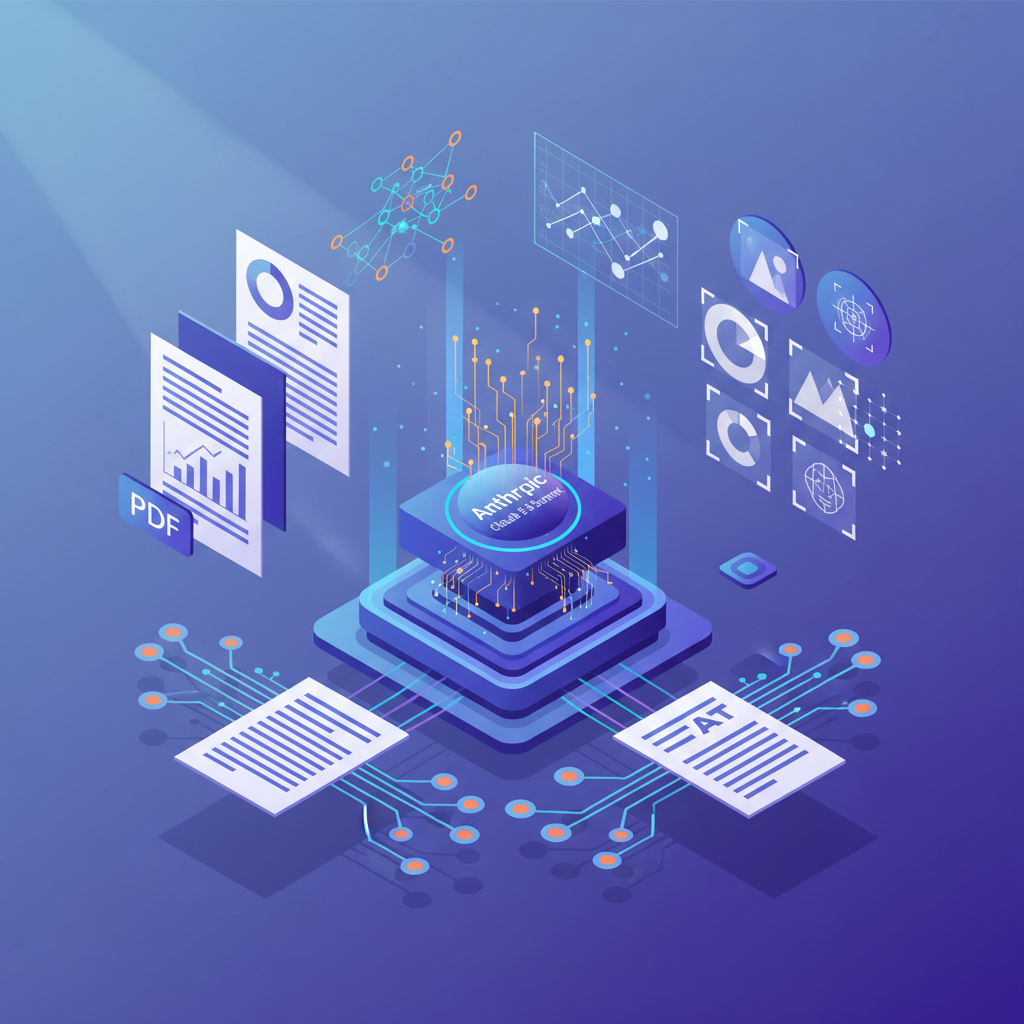Enterprise knowledge management has reached a critical inflection point. Traditional RAG systems, designed for single-source document retrieval, are buckling under the complexity of modern organizational data landscapes. Companies are drowning in siloed information across dozens of platforms—from technical documentation in Confluence to customer insights in Salesforce, from code repositories in GitHub to financial reports in SharePoint.
The problem isn’t just volume; it’s orchestration. While conventional RAG architectures excel at retrieving relevant documents, they fail catastrophically when queries require synthesizing information across multiple domains, applying business logic, and coordinating complex workflows. Enter Microsoft’s Semantic Kernel—a sophisticated framework that transforms RAG from a simple retrieval system into an intelligent orchestration platform capable of reasoning across enterprise complexity.
This comprehensive guide will walk you through building production-ready multi-agent RAG systems using Semantic Kernel’s advanced orchestration capabilities. We’ll explore how to design agent hierarchies, implement cross-domain reasoning, and create self-healing pipelines that adapt to changing enterprise requirements. By the end, you’ll have a blueprint for RAG systems that don’t just retrieve information—they intelligently orchestrate it.
Understanding Semantic Kernel’s Multi-Agent Architecture
Semantic Kernel represents a paradigm shift from monolithic RAG implementations to distributed, agent-based architectures. Unlike traditional frameworks that treat retrieval and generation as sequential steps, Semantic Kernel orchestrates multiple specialized agents that can work independently or collaboratively to solve complex enterprise queries.
The Agent Hierarchy Model
The foundation of effective multi-agent RAG lies in establishing clear agent hierarchies. Semantic Kernel’s architecture supports three distinct agent types:
Orchestrator Agents serve as the primary query interpreters and workflow coordinators. These agents analyze incoming requests, determine which specialized agents need to be involved, and manage the overall execution flow. They maintain context across multiple agent interactions and ensure that complex queries are broken down into manageable sub-tasks.
Specialist Agents focus on specific domains or data sources. For example, a Technical Documentation Agent might specialize in retrieving and reasoning over API documentation, while a Customer Intelligence Agent focuses on CRM data and interaction histories. Each specialist agent contains domain-specific knowledge about data structures, retrieval strategies, and reasoning patterns.
Utility Agents handle cross-cutting concerns like data validation, format conversion, and security compliance. These agents ensure that information flows smoothly between specialists while maintaining enterprise governance requirements.
Implementing Cross-Domain Reasoning
The real power of Semantic Kernel emerges when agents collaborate to solve queries that span multiple domains. Consider a customer support scenario where an agent needs to correlate a technical issue with billing history, product usage patterns, and previous support interactions.
Traditional RAG systems would struggle with this complexity, often returning fragmented results from individual sources. Semantic Kernel’s orchestration layer enables agents to share context, validate cross-domain correlations, and synthesize coherent responses that consider all relevant factors.
Designing Your Multi-Agent RAG Architecture
Planning Agent Specializations
Successful multi-agent RAG implementations begin with careful analysis of your enterprise knowledge domains. Start by mapping your organization’s primary information sources and identifying natural clustering patterns.
Technical Knowledge Domains typically include API documentation, code repositories, system architecture diagrams, and troubleshooting guides. These domains benefit from agents that understand technical hierarchies, code relationships, and system dependencies.
Business Intelligence Domains encompass financial reports, market analysis, competitive intelligence, and strategic planning documents. Agents serving these domains need to understand business metrics, temporal trends, and cross-functional relationships.
Customer-Facing Domains include support documentation, training materials, product specifications, and user guides. These agents must excel at translating technical information into user-friendly explanations while maintaining accuracy.
Establishing Communication Protocols
Agent interaction patterns determine system scalability and response quality. Semantic Kernel supports multiple communication models, each optimized for different enterprise scenarios.
Sequential Orchestration works well for queries with clear dependency chains. For example, retrieving customer information before analyzing their usage patterns. This model ensures data consistency but may introduce latency for complex workflows.
Parallel Processing enables simultaneous agent execution for independent sub-queries. This approach dramatically improves response times for complex requests but requires sophisticated conflict resolution mechanisms.
Hierarchical Delegation allows orchestrator agents to spawn specialist agents dynamically based on query characteristics. This model provides excellent scalability but requires careful resource management to prevent cascade failures.
Building Production-Ready Agent Workflows
Implementing Intelligent Query Routing
Effective query routing forms the backbone of multi-agent RAG systems. Semantic Kernel’s routing capabilities go far beyond simple keyword matching, incorporating semantic understanding, context awareness, and learning from historical patterns.
Semantic Query Analysis begins with understanding user intent at multiple levels. Surface-level analysis identifies explicit requirements, while deeper semantic analysis uncovers implicit needs and cross-domain dependencies. For example, a query about “API performance issues” might require information from technical documentation, system monitoring data, and recent incident reports.
Dynamic Agent Selection leverages machine learning models to predict which agent combinations will most effectively address specific query types. The system learns from successful routing decisions and continuously refines its selection criteria based on user feedback and outcome quality.
Context-Aware Orchestration maintains conversation context across multiple interactions, enabling agents to build upon previous exchanges and avoid redundant information retrieval. This capability is particularly valuable for complex troubleshooting scenarios that require iterative refinement.
Creating Self-Healing Pipelines
Enterprise RAG systems must operate reliably even when individual components fail or data sources become temporarily unavailable. Semantic Kernel’s self-healing capabilities enable systems to detect failures, implement workarounds, and maintain service quality during degraded conditions.
Failure Detection Mechanisms continuously monitor agent performance, response quality, and system resource utilization. When anomalies are detected, the system can automatically adjust routing patterns, scale resources, or activate backup agents.
Graceful Degradation Strategies ensure that partial system failures don’t result in complete service outages. If a specialist agent becomes unavailable, the orchestrator can route queries to alternative agents or provide responses based on cached information while clearly indicating reduced confidence levels.
Adaptive Recovery Protocols enable systems to learn from failure patterns and implement preventive measures. For example, if certain query types consistently overwhelm specific agents, the system can automatically implement load balancing or request throttling mechanisms.
Advanced Implementation Strategies
Optimizing Agent Performance
Production-scale multi-agent RAG systems require sophisticated performance optimization strategies that go beyond traditional caching and indexing approaches.
Dynamic Resource Allocation enables agents to scale their computational resources based on current workload and query complexity. Semantic Kernel’s integration with cloud platforms allows automatic scaling of vector databases, language models, and processing capacity during peak usage periods.
Intelligent Caching Strategies operate at multiple levels within the agent hierarchy. Frequently accessed information is cached at the orchestrator level, while specialist agents maintain domain-specific caches that understand semantic similarity patterns within their expertise areas.
Predictive Pre-computation analyzes usage patterns to anticipate likely queries and pre-compute responses during low-traffic periods. This approach is particularly effective for enterprise scenarios with predictable information access patterns.
Implementing Enterprise Security
Multi-agent architectures introduce unique security challenges that require comprehensive protection strategies across all system components.
Agent-Level Authentication ensures that each agent operates with appropriate permissions for its designated domains. Specialist agents access only the data sources necessary for their specific functions, while orchestrator agents maintain broader permissions for cross-domain coordination.
Data Flow Encryption protects information as it moves between agents, even within secure enterprise environments. This protection is crucial for systems handling sensitive customer data, financial information, or proprietary technical details.
Audit Trail Generation tracks all agent interactions, query routing decisions, and data access patterns. These comprehensive logs enable security teams to identify potential vulnerabilities, investigate suspicious activities, and ensure compliance with enterprise governance requirements.
Measuring and Improving System Performance
Establishing Comprehensive Metrics
Multi-agent RAG systems require sophisticated measurement frameworks that capture performance across multiple dimensions simultaneously.
Response Quality Metrics evaluate the accuracy, completeness, and relevance of agent-generated responses. These metrics must account for the collaborative nature of multi-agent systems, measuring not just individual agent performance but also the quality of cross-agent coordination.
System Efficiency Indicators track resource utilization, response times, and scalability characteristics across different load conditions. Understanding how agent interactions affect overall system performance enables optimization strategies that improve both speed and resource efficiency.
User Satisfaction Analytics capture feedback patterns that reveal which agent combinations and routing strategies produce the most valuable outcomes for enterprise users. This feedback drives continuous improvement in orchestration algorithms and agent specialization strategies.
Continuous Learning Integration
The most effective multi-agent RAG systems incorporate continuous learning mechanisms that improve performance over time without requiring manual intervention.
Outcome-Based Optimization analyzes the correlation between routing decisions, agent combinations, and user satisfaction scores. This analysis enables automatic refinement of orchestration strategies based on real-world performance data.
Dynamic Knowledge Integration allows agents to incorporate new information sources and adapt their reasoning patterns as enterprise knowledge landscapes evolve. This capability ensures that RAG systems remain effective even as organizations grow and change.
Building advanced multi-agent RAG systems with Microsoft’s Semantic Kernel represents a significant leap forward in enterprise knowledge management capabilities. These systems don’t just retrieve information—they orchestrate intelligent workflows that understand context, coordinate across domains, and adapt to changing requirements.
The investment in multi-agent architecture pays dividends through improved response quality, reduced manual intervention requirements, and enhanced scalability for growing enterprise needs. As organizations continue to generate increasingly complex knowledge landscapes, the orchestration capabilities provided by Semantic Kernel become not just advantageous but essential for maintaining competitive edge.
Ready to transform your enterprise knowledge management strategy? Start by identifying your organization’s key knowledge domains and mapping the relationships between them. The journey toward intelligent orchestration begins with understanding how information flows through your enterprise—and Semantic Kernel provides the framework to optimize those flows for maximum impact.




